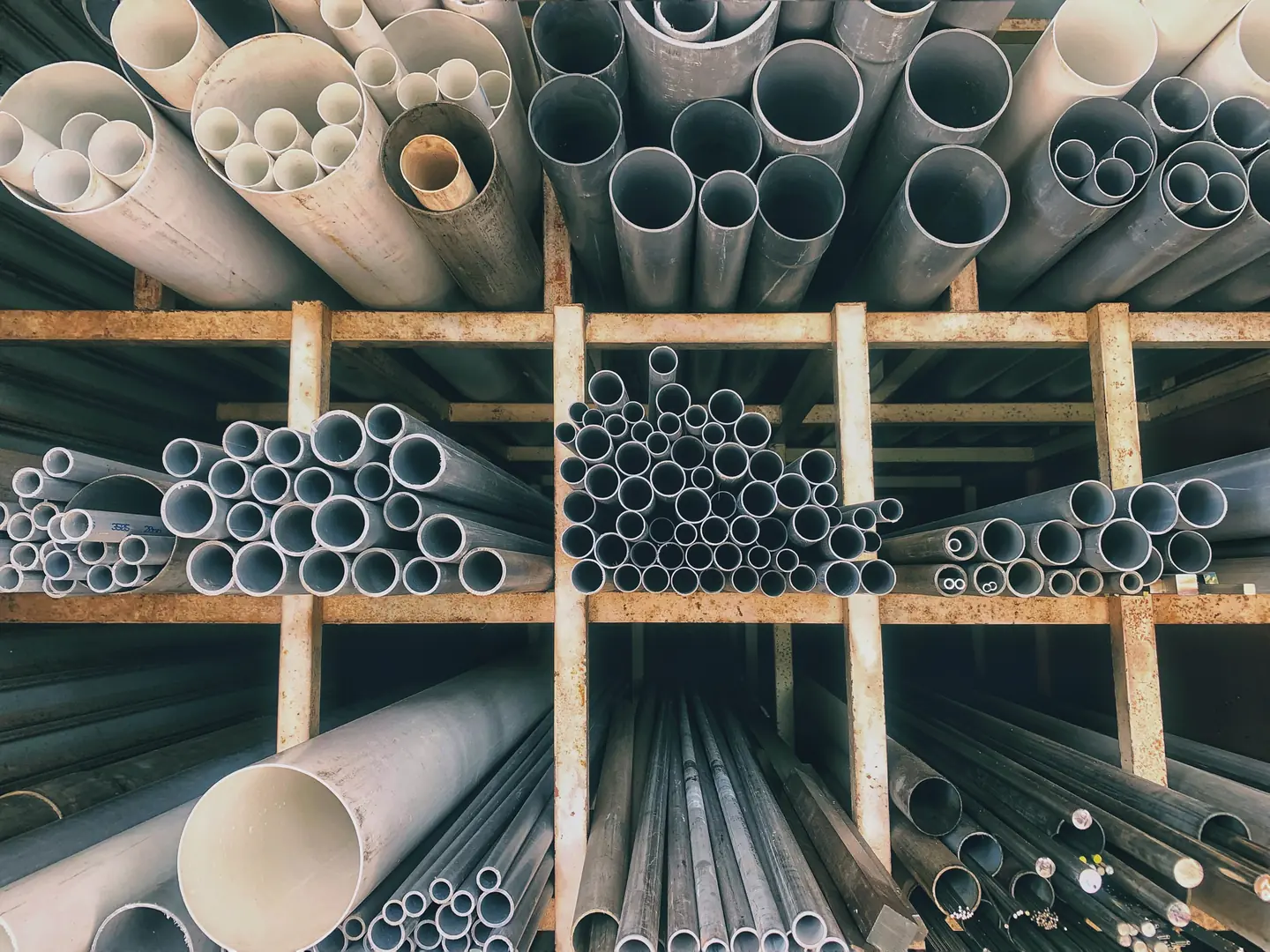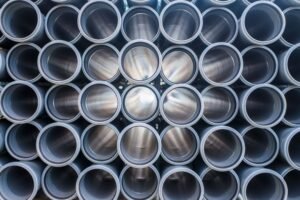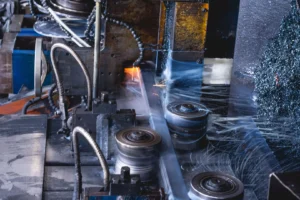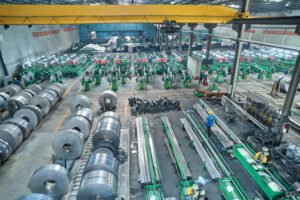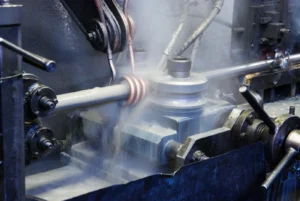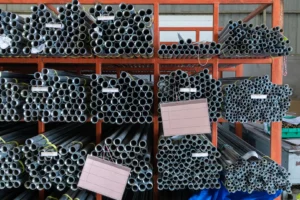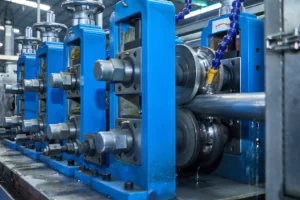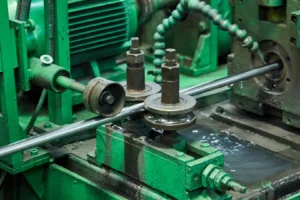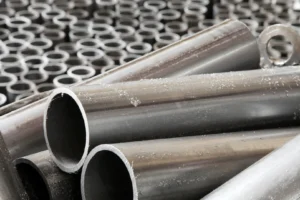Key Industrial Uses of Stainless Steel Coil Tubes in Southeast Asia's HVAC Sector
HVAC systems failing in humid climates? Corrosion and inefficiency are costly. Stainless steel coil tubes offer a durable, long-term solution for Southeast Asia's demanding environment.
Stainless steel coil tubes are crucial in Southeast Asia's HVAC sector for their exceptional durability, corrosion resistance, and thermal efficiency. They are used in heat exchangers, condenser coils, and refrigerant lines to build robust, energy-efficient, and long-lasting cooling systems for the region's growing infrastructure.
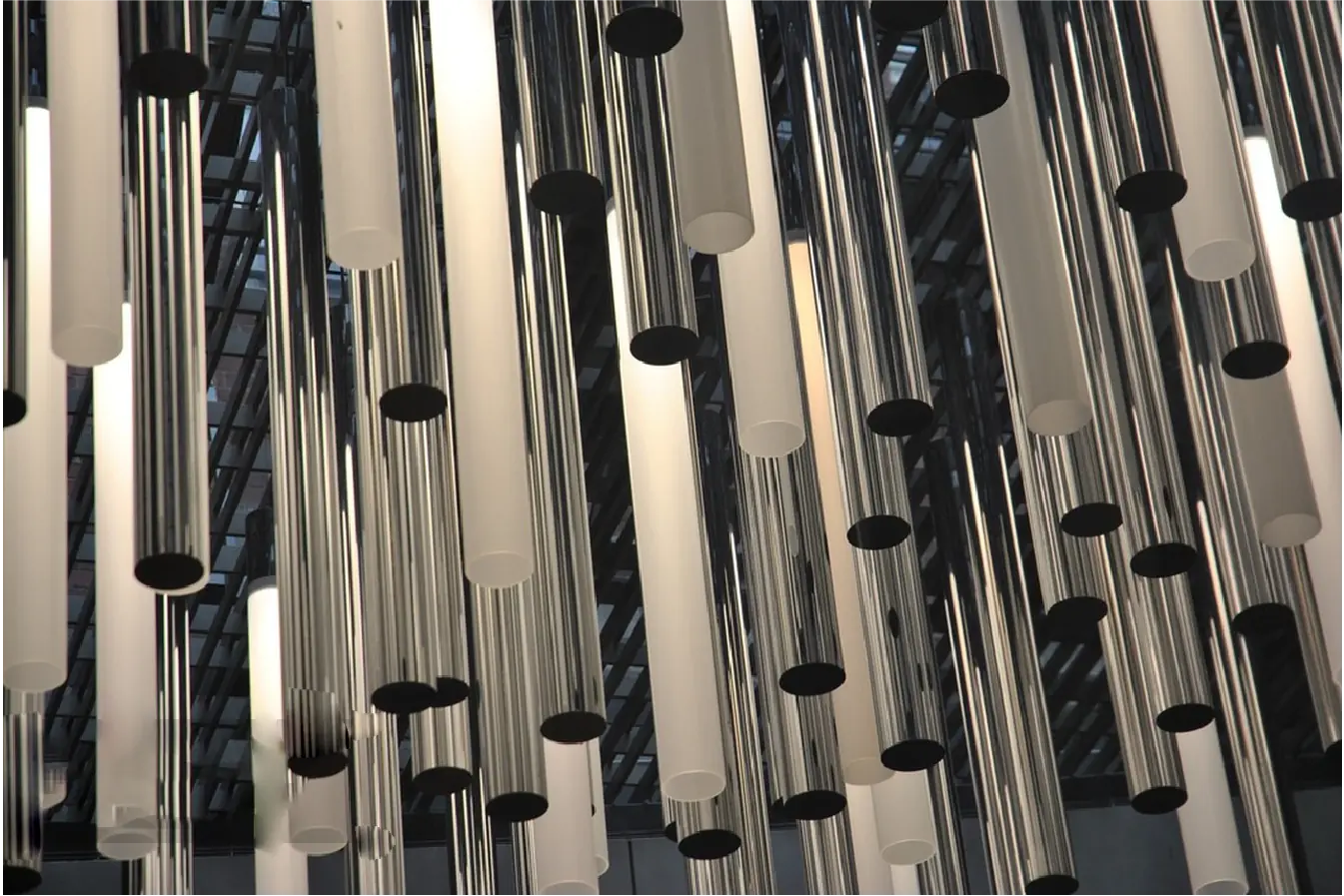
I've seen this shift firsthand across the region. As MFY's Global Business Director, I've helped countless partners navigate this transition. The move towards stainless steel isn't just about upgrading a component; it's about future-proofing an entire system against the unique environmental challenges of Southeast Asia. The conversations are no longer just about initial cost, but about long-term value, sustainability, and operational resilience. Let's explore why stainless steel is not just an option, but a necessity for modern HVAC systems in this dynamic market.
What is the historical background of stainless steel coil tubes in the HVAC industry?
Early HVAC systems used less durable materials. These often failed prematurely, leading to high maintenance costs. Stainless steel emerged as the superior, long-lasting alternative for critical applications.
Historically, materials like copper and aluminum dominated HVAC. However, their vulnerability to corrosion led to the adoption of stainless steel for its superior strength, longevity, and resistance to harsh environmental conditions, marking a significant evolution in system design and reliability.
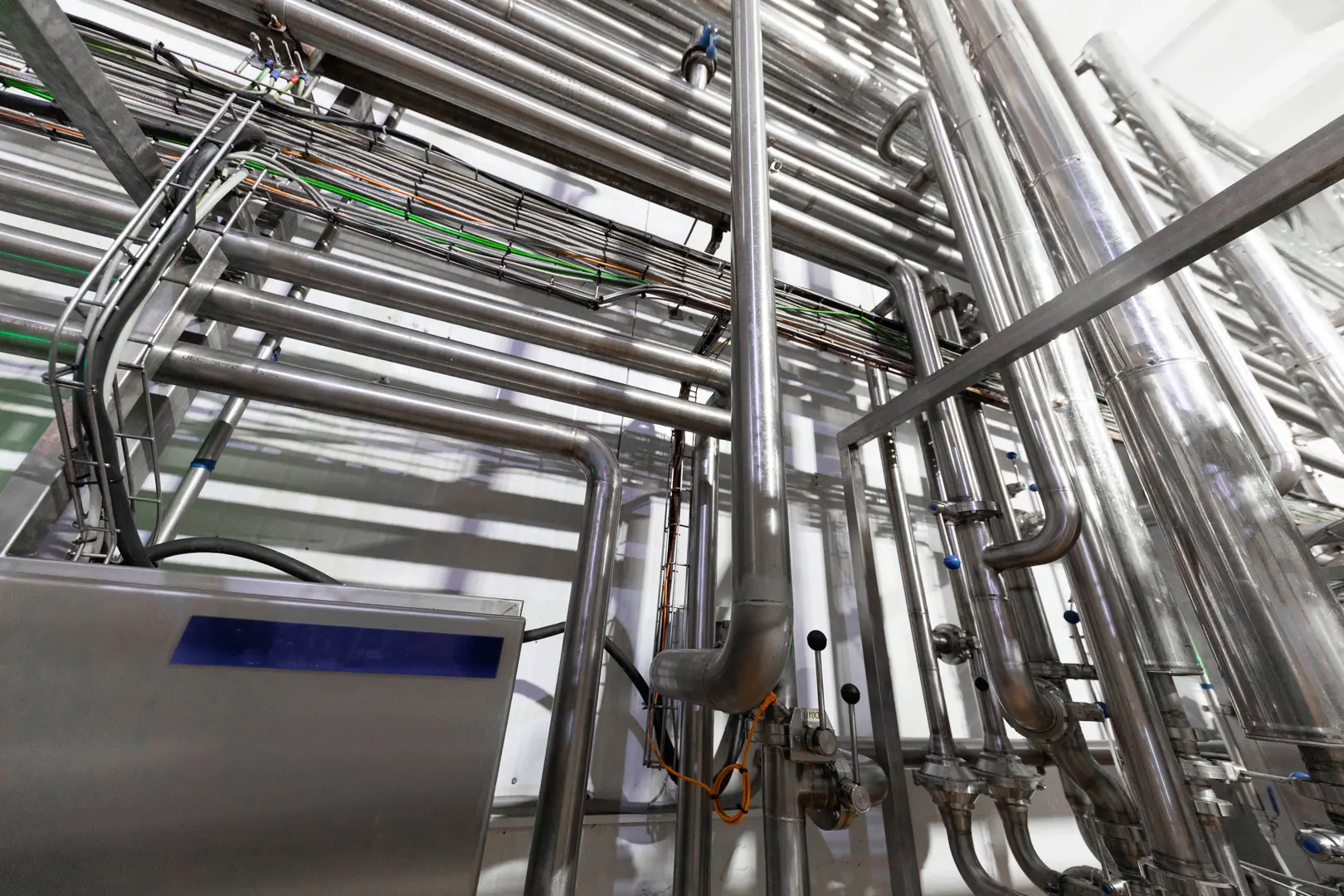
In my early days in the industry, projects relied heavily on traditional materials. I remember a major hotel development in a coastal city where the copper-based HVAC system began showing signs of significant corrosion within just a few years. The salty, humid air was relentless. The maintenance costs spiraled, and the system's efficiency plummeted. This was a common story, and it highlighted a critical vulnerability in infrastructure designed for longevity. This period taught us a valuable lesson about matching materials to the environment. The industry needed a change, and that change came in the form of stainless steel.
The Era of Traditional Materials
For decades, copper and aluminum were the go-to choices for HVAC tubing. They offered good thermal conductivity and were relatively easy to work with. However, their limitations became increasingly apparent, especially in demanding industrial and coastal environments. Pitting corrosion, galvanic corrosion[^1], and general degradation were persistent issues that led to refrigerant leaks, reduced efficiency, and costly system failures. The focus was primarily on upfront cost and thermal performance, with long-term durability often taking a backseat.
The Stainless Steel Revolution
The shift towards stainless steel was driven by a need for greater resilience. Engineers and project owners realized that the slightly higher initial investment in stainless steel paid for itself many times over through reduced maintenance, longer service life, and consistent performance. Its inherent corrosion resistance, particularly grades like 316L[^2], made it the ideal solution for aggressive environments. This transition marked a fundamental change in philosophy from short-term savings to long-term value and system reliability.
| Характеристика | Copper/Aluminum | Stainless Steel |
|---|---|---|
| Устойчивость к коррозии | Moderate to Low | High to Excellent |
| Durability | Умеренный | Very High |
| Первоначальная стоимость | Нижний | Выше |
| Стоимость жизненного цикла | High (due to maintenance) | Lower (due to longevity) |
| Приложение | Standard residential/commercial | Industrial, coastal, critical systems |
How are stainless steel coil tubes currently utilized in Southeast Asia's HVAC sector?
Urbanization demands high-performance buildings. Standard HVAC components can't keep up. Stainless steel tubes are now integral to modern, efficient, and sustainable cooling infrastructure across the region.
Currently, they are essential components in heat exchangers, evaporators, and condenser coils in large-scale commercial and industrial HVAC systems. Their use is driven by the need for reliability in critical infrastructure like data centers, hospitals, and high-rise buildings throughout Southeast Asia.
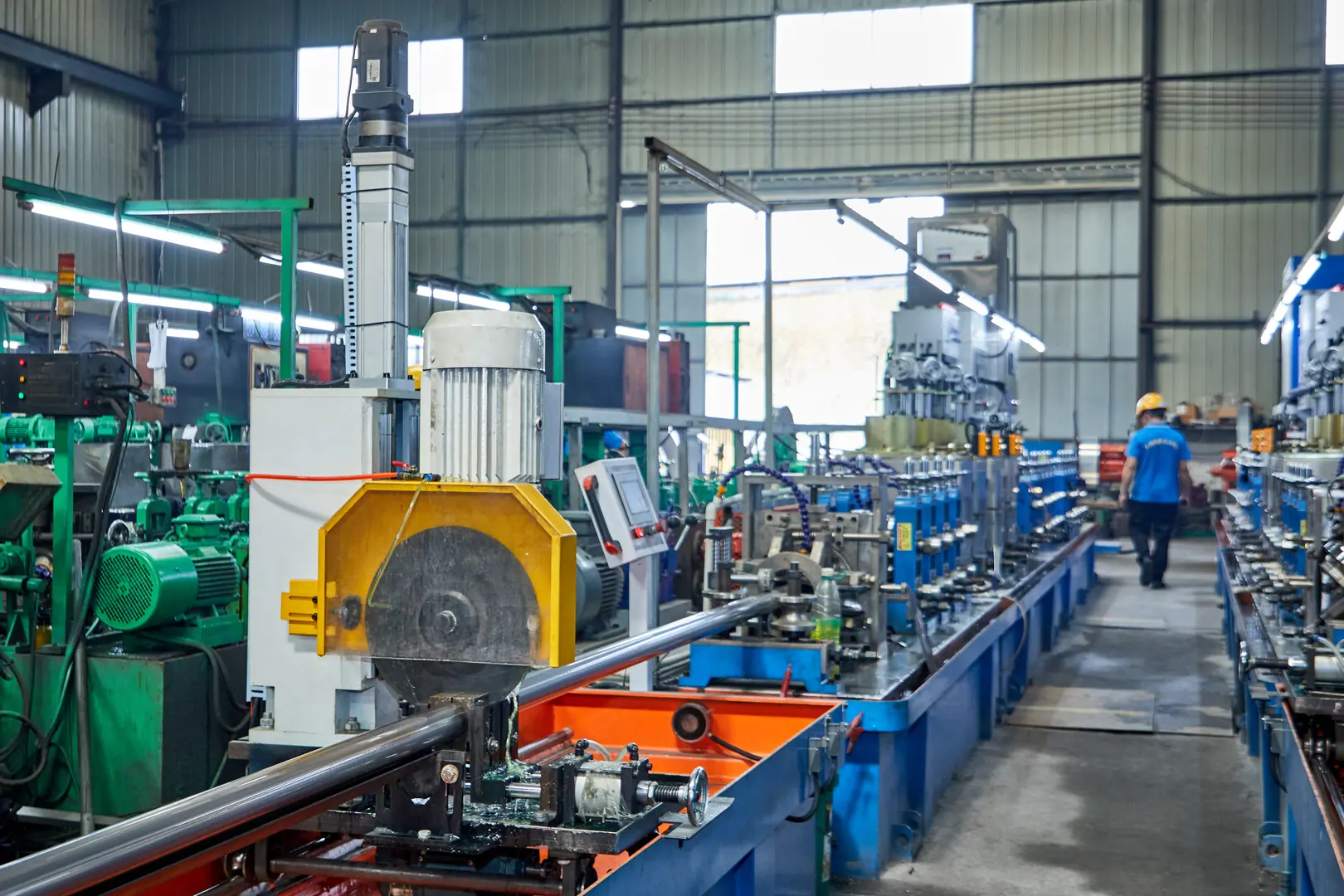
As Southeast Asia's economies boom, so does the scale of its construction projects. We at MFY are deeply involved in supplying materials for these mega-projects, from sprawling industrial parks in Vietnam to state-of-the-art hospitals in Singapore. The common thread is a non-negotiable demand for reliability. For a data center, HVAC failure isn't an inconvenience; it's a catastrophic business event. For a hospital, it's a risk to patient safety. This is where stainless steel coil tubes prove their worth. They provide the backbone for cooling systems that absolutely cannot fail, aligning perfectly with the region's push towards high-performance, sustainable infrastructure and green building initiatives.
Commercial and Residential Buildings
In the new wave of high-rise commercial towers and luxury residential complexes, stainless steel is becoming the standard for central cooling systems. Its ability to handle high pressures and resist corrosion from both treated water and atmospheric conditions ensures the system runs efficiently for decades. This aligns with the goals of developers and building owners who are increasingly focused on sustainability and reducing long-term operational expenditures. A reliable HVAC system directly translates to lower energy bills and a better experience for tenants.
Critical Industrial Applications
The industrial use case is even more compelling. In manufacturing plants, food processing facilities, and pharmaceutical labs, precise climate control is essential for production quality and safety. Stainless steel tubes are used in process cooling systems where they might be exposed to a wide range of chemicals and high temperatures. Their hygienic properties and ease of cleaning also make them the only viable choice for industries where contamination control is paramount.
| Область применения | Key Benefit of Stainless Steel | Common Grade |
|---|---|---|
| Data Centers | Unmatched reliability, corrosion resistance | 316/316L |
| Hospitals | Hygienic properties, long-term dependability | 316/316L |
| Coastal High-Rises | Resistance to salt-spray corrosion | 316L |
| Food Processing | Non-reactive, easy to sanitize | 304/304L |
What challenges does the HVAC industry in Southeast Asia face when using stainless steel coil tubes?
Adopting stainless steel seems ideal, but it's not without hurdles. Higher initial costs and specialized fabrication needs can deter some. Overcoming these barriers is key to progress.
The primary challenges include higher upfront material costs compared to traditional metals, the need for specialized welding and fabrication skills, and potential supply chain complexities. Ensuring proper grade selection for specific corrosive environments is also a critical consideration for engineers and contractors.
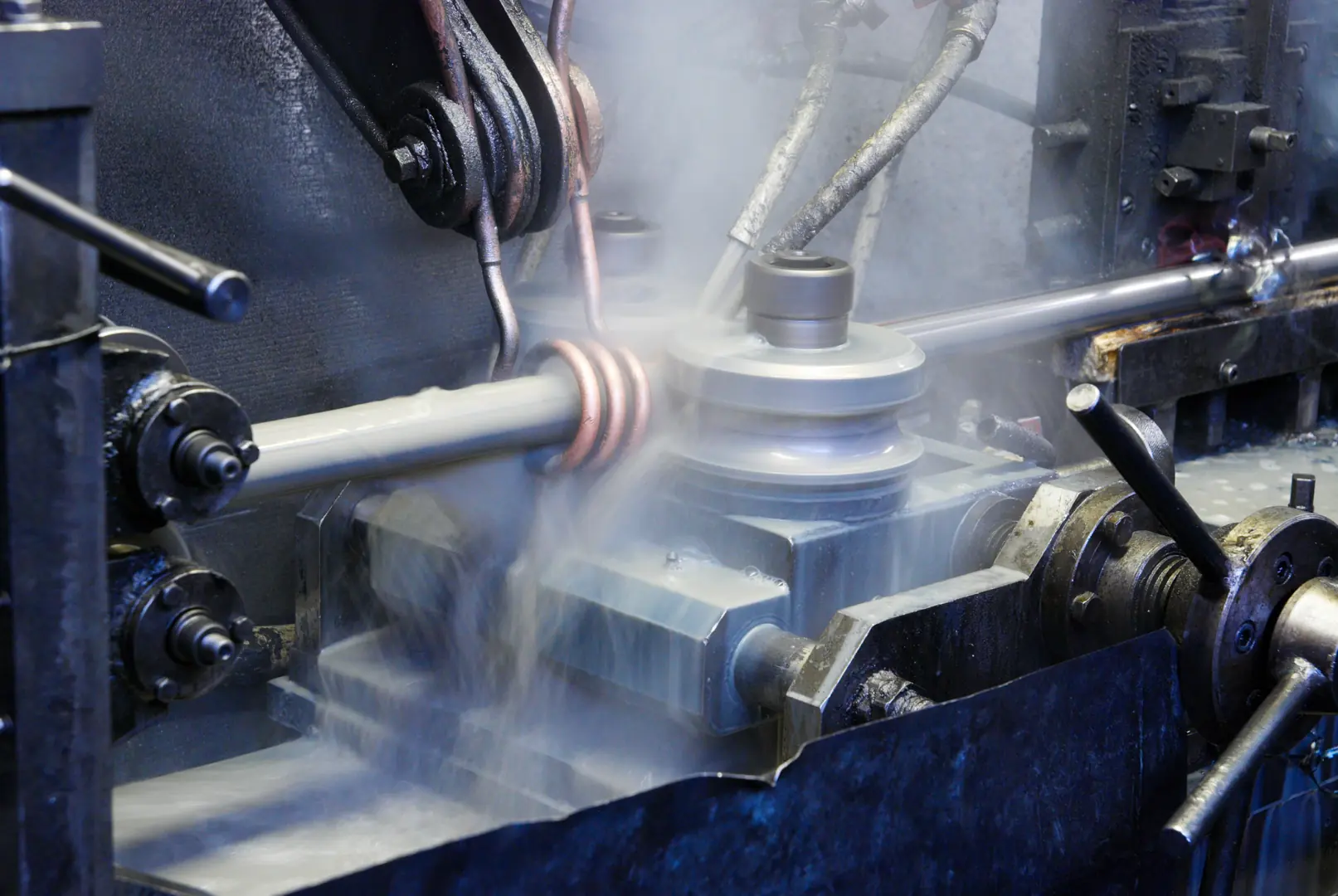
I often speak with contractors and project managers who understand the benefits of stainless steel but are hesitant because of the numbers on the initial quote. I had a client in Malaysia building a series of coastal resorts who was very concerned about the upfront cost difference between stainless steel and coated aluminum. It's a valid concern. However, we walked through the projected maintenance schedules, the potential downtime costs from system failures, and the expected lifespan of each material. The conversation shifted from cost to investment. The challenge isn't just the price tag; it's changing the mindset to focus on the total cost of ownership over the entire lifecycle of the building.
Navigating Initial Investment Costs
The most significant barrier is the initial capital outlay. Stainless steel is inherently more expensive than copper or aluminum. For projects with tight budgets, this can be a difficult hurdle to overcome. Decision-makers must be educated on the long-term economic benefits, including drastically lower maintenance and replacement costs, which ultimately lead to a lower total cost of ownership (TCO). This requires a more sophisticated financial analysis than simply comparing material purchase prices.
The Specialized Skills Gap
Working with stainless steel is not the same as working with copper. It requires different tools, techniques, and expertise, especially for welding. TIG welding, the preferred method for stainless steel, requires a higher level of skill to create clean, strong, and corrosion-resistant joints. There can be a shortage of technicians with this specific expertise in some parts of the region, which can lead to installation challenges or quality issues if not managed properly. Investing in training and certification for the local workforce is a critical part of a successful transition.
| Вызов | Immediate Impact | Long-Term Solution |
|---|---|---|
| Higher Upfront Cost | Budget pressure, potential for value engineering | Focus on TCO analysis, lifecycle costing |
| Specialized Skills | Installation delays, risk of poor quality | Workforce training, partnership with experts |
| Supply Chain | Material availability, price volatility | Strategic sourcing, strong supplier relationships |
What strategies can be implemented to overcome these challenges in the HVAC industry?
High costs and skill gaps are significant obstacles. But strategic planning can turn these into opportunities. Partnering with the right supplier is the first step toward a solution.
Strategies include focusing on Total Cost of Ownership (TCO) analysis to justify initial investment, partnering with experienced suppliers like MFY for technical support and stable supply, and investing in training programs to upskill the local workforce in specialized fabrication techniques.
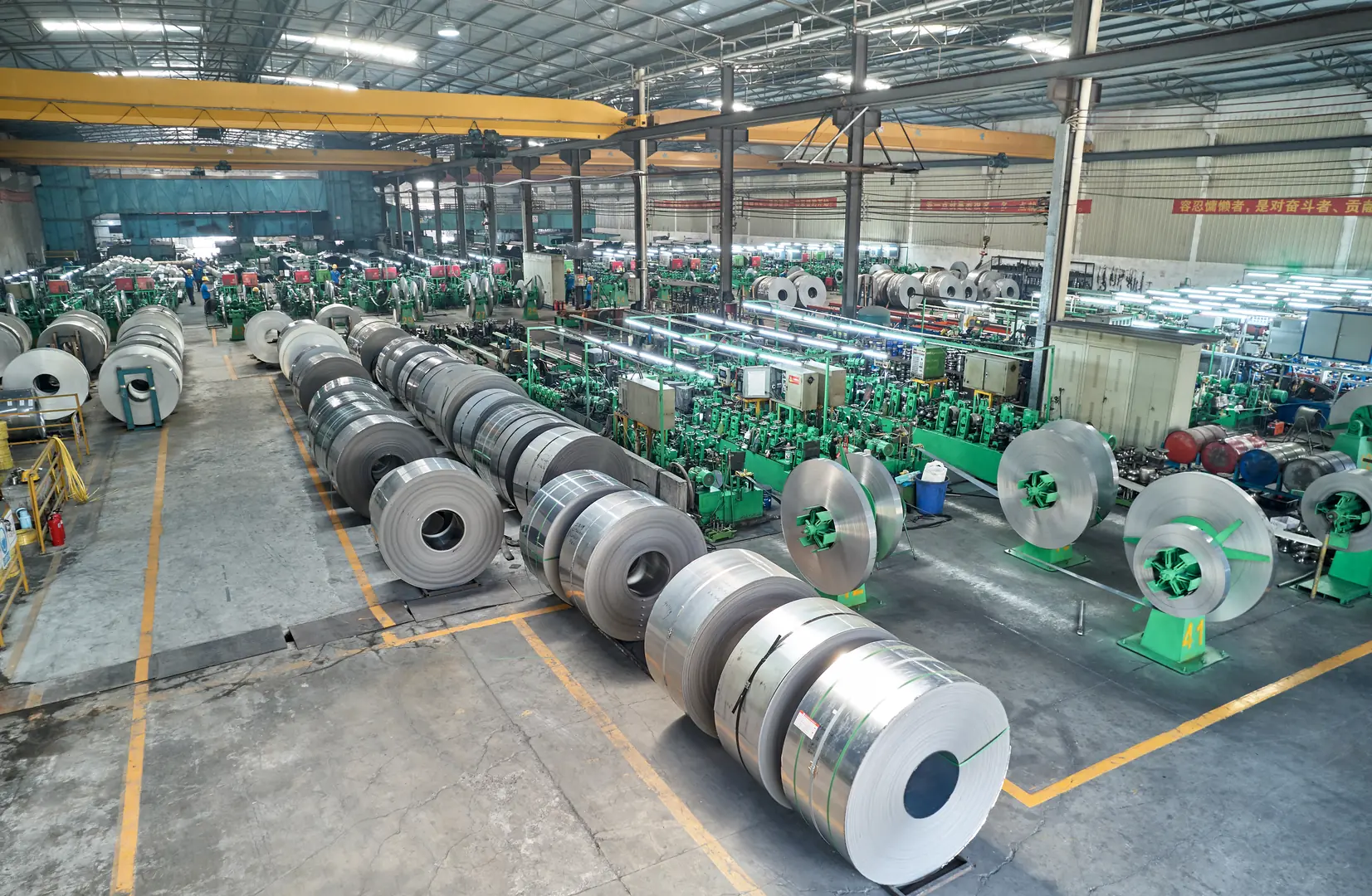
Overcoming these challenges is at the core of what we do at MFY. We don't just sell steel; we provide solutions. When a partner comes to us with budget concerns, we don't just send a price list. We help them build a business case. We provide data and case studies that demonstrate the long-term ROI. When they have questions about fabrication, our technical teams are available to provide guidance and support. A successful project is not just about using the right material; it's about having the right strategy and the right partners. This collaborative approach is how we turn a perceived high-cost material into a high-value, strategic asset for our clients.
Embracing a Total Cost of Ownership (TCO) Mindset
The most effective strategy is to shift the financial conversation from upfront cost to TCO. This involves a comprehensive analysis that factors in not just the initial purchase price but also installation, maintenance, energy consumption, and the expected service life of the system. When you compare the 25-30 year lifecycle of a stainless steel system to a copper system that might need major repairs or replacement in 10-15 years, the financial argument becomes clear.
Building Strategic Supply Chain Partnerships
A reliable supply chain is critical. Working with a fully integrated supplier like MFY removes many of the uncertainties around material availability, quality consistency, and technical support. We manage the entire process, from raw material to final product delivery, ensuring our partners get the right grade of steel when they need it. A strong partnership means access to stable pricing, technical expertise, and a supply chain that can keep pace with demanding project timelines.
| Strategy | Actionable Step | Expected Outcome |
|---|---|---|
| Focus on TCO | Develop a lifecycle cost model for the project | Justification for higher initial investment |
| Strategic Partnership | Engage with an integrated supplier early | Stable supply, technical support, cost control |
| Invest in Training | Fund or facilitate certification programs | Higher quality installation, larger skilled labor pool |
What technical recommendations can enhance the performance of stainless steel coil tubes in HVAC applications?
Simply choosing stainless steel isn't enough. Incorrect specifications can lead to failure. Proper grade selection and design are crucial for maximizing performance and system lifespan.
Key recommendations include selecting the appropriate stainless steel grade (e.g., 304L or 316L) based on the specific environmental corrosivity, ensuring proper welding and passivation techniques are used during installation, and designing for optimal fluid dynamics to prevent fouling and maximize thermal efficiency.
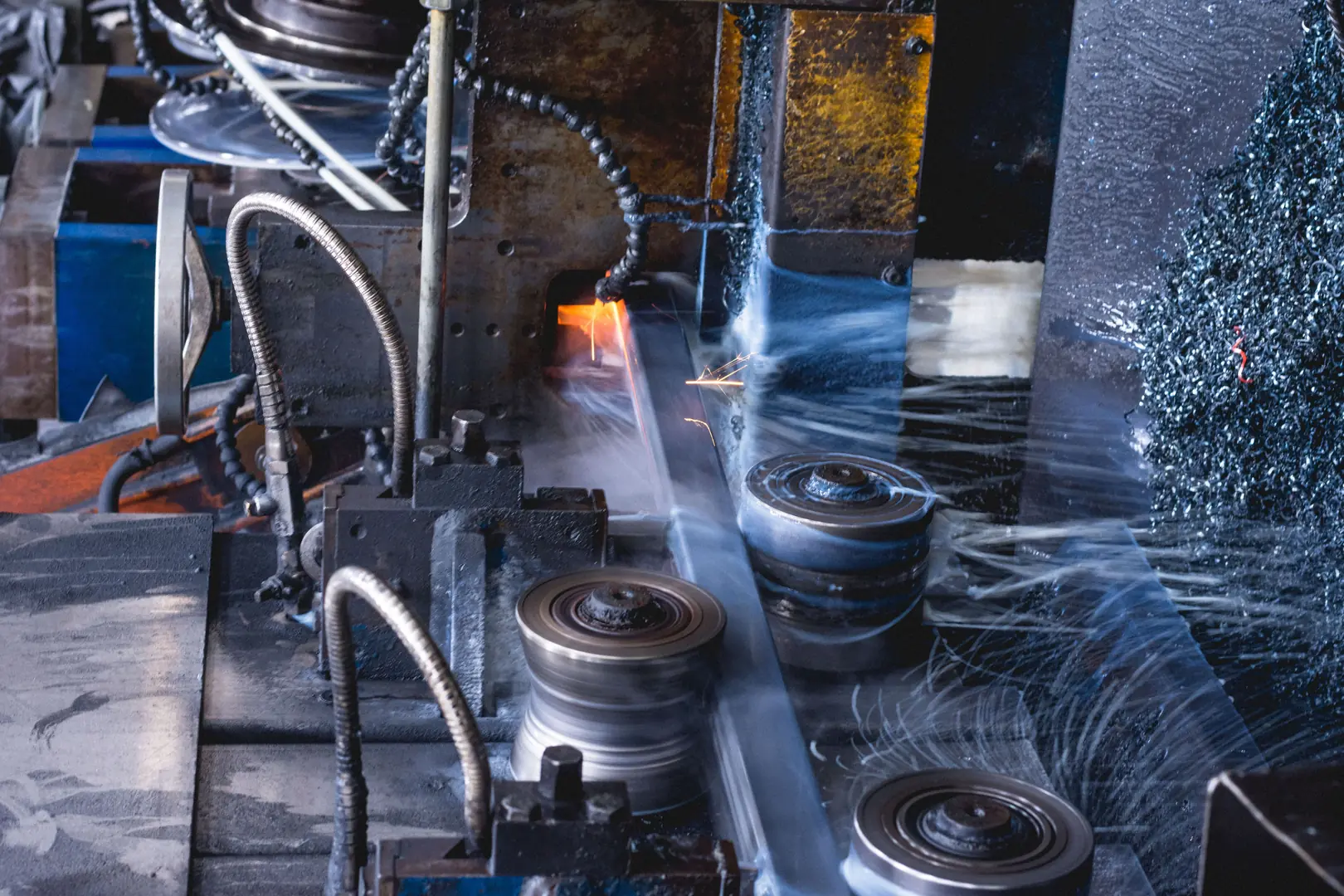
Getting the technical details right is where an experienced partner becomes invaluable. I've seen projects where an incorrect grade was specified for a coastal application, leading to premature corrosion despite being stainless steel. It’s a costly mistake that could have been avoided with a proper consultation. The "L" grades, like 304L and 316L, are often specified for welded structures because their lower carbon content minimizes carbide precipitation during welding, preserving corrosion resistance at the joints. Details like these are what separate a good system from a great one, and it's our job to ensure our clients have the knowledge to make the right choices.
Grade Selection: Matching the Material to the Mission
Not all stainless steel is created equal. The choice of grade is the single most important technical decision.
- Grade 304/304L: This is the workhorse of the industry. It offers excellent corrosion resistance in most environments and is suitable for general HVAC applications, especially for indoor components or in non-coastal areas.
- Grade 316/316L: This grade contains molybdenum, which significantly enhances its resistance to chlorides. It is the mandatory choice for coastal and marine environments, or in any application where the tubing will be exposed to salt or other corrosive chemicals.
Installation Best Practices
Proper installation is as important as material selection.
- Welding: Gas Tungsten Arc Welding (GTAW or TIG) is the preferred method. It produces a clean, high-quality weld with excellent corrosion resistance. It's crucial to use the correct filler material and to purge the inside of the tube with an inert gas like argon to prevent oxidation on the interior surface.
- Passivation: After fabrication and welding, the stainless steel surfaces should be chemically treated (passivated) to remove any free iron and restore the protective chromium oxide passive layer. This step is essential for maximizing the material's corrosion resistance.
| Класс | Key Element | Primary Use Case in HVAC |
|---|---|---|
| 304L | 18% Chromium, 8% Nickel | General purpose, inland projects, internal systems |
| 316L | 16% Cr, 10% Ni, 2% Molybdenum | Coastal/marine environments, industrial process cooling |
Заключение
The shift to stainless steel coil tubes in Southeast Asia's HVAC sector is a strategic move towards sustainability and resilience. By understanding the material's benefits, overcoming the initial challenges through smart strategies, and applying sound technical principles, the region can build a more efficient and durable infrastructure for the future.
У вас есть вопросы или нужна дополнительная информация?
Свяжитесь с нами, чтобы получить индивидуальную помощь и квалифицированный совет.
